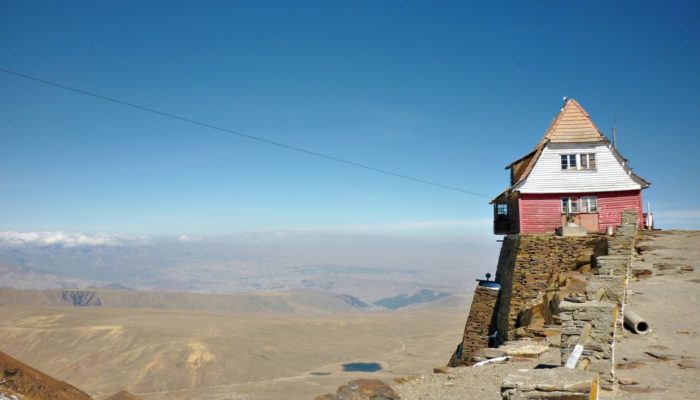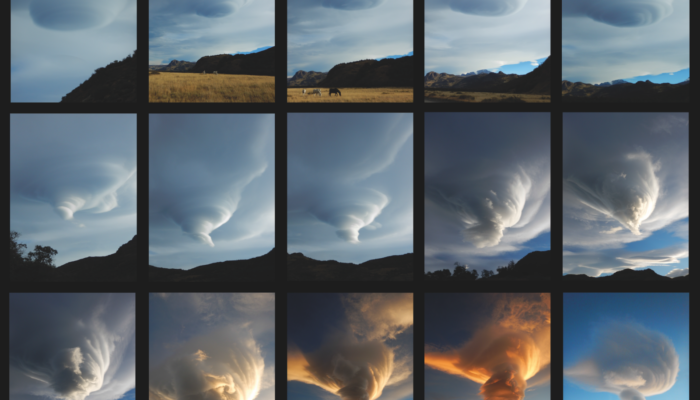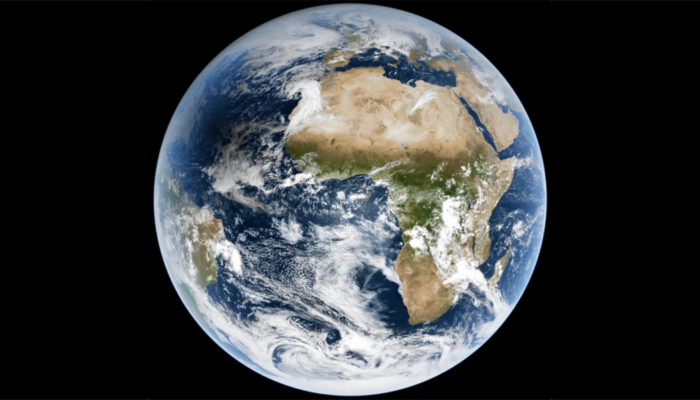Chacaltaya ski hut, Bolivian Andes, 5400 m above sea level. The world’s former highest ski resort where the Chacaltaya glacier once stood, situated in the Cordillera Real, close to La Paz. Chacaltaya vanished in 2009, six years earlier than scientists had predicted. The disappearance of the glacier is a sign of what to come for the glaciers of the Andes, with glacier retreat and disappearanc ...[Read More]
Imaggeo On Monday: the vanished glacier




